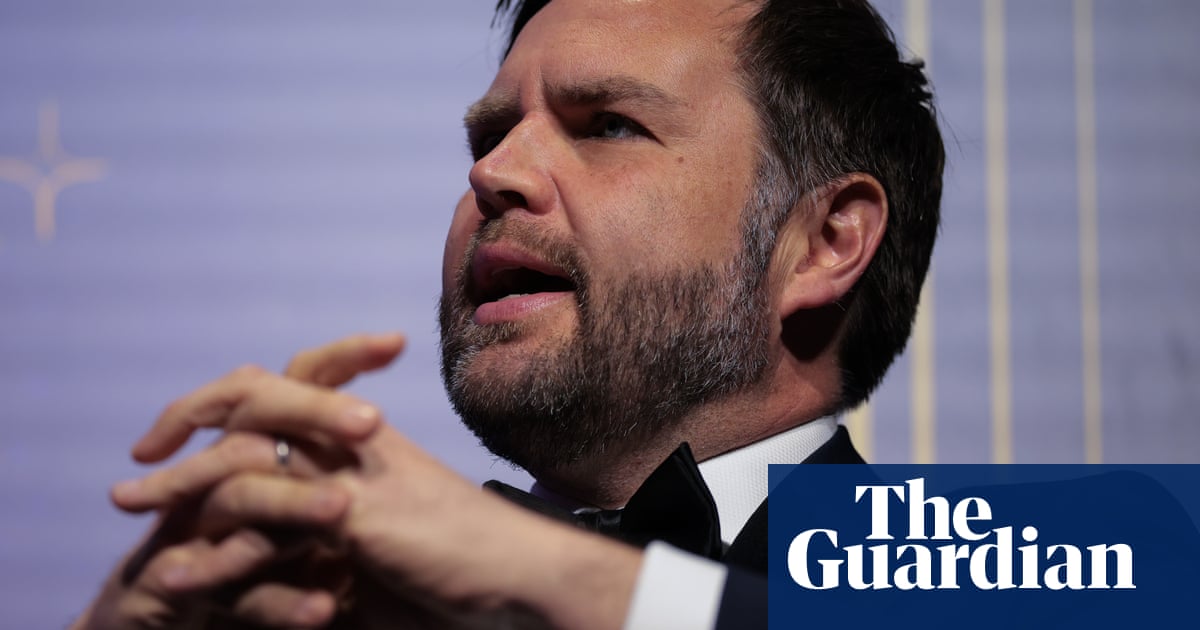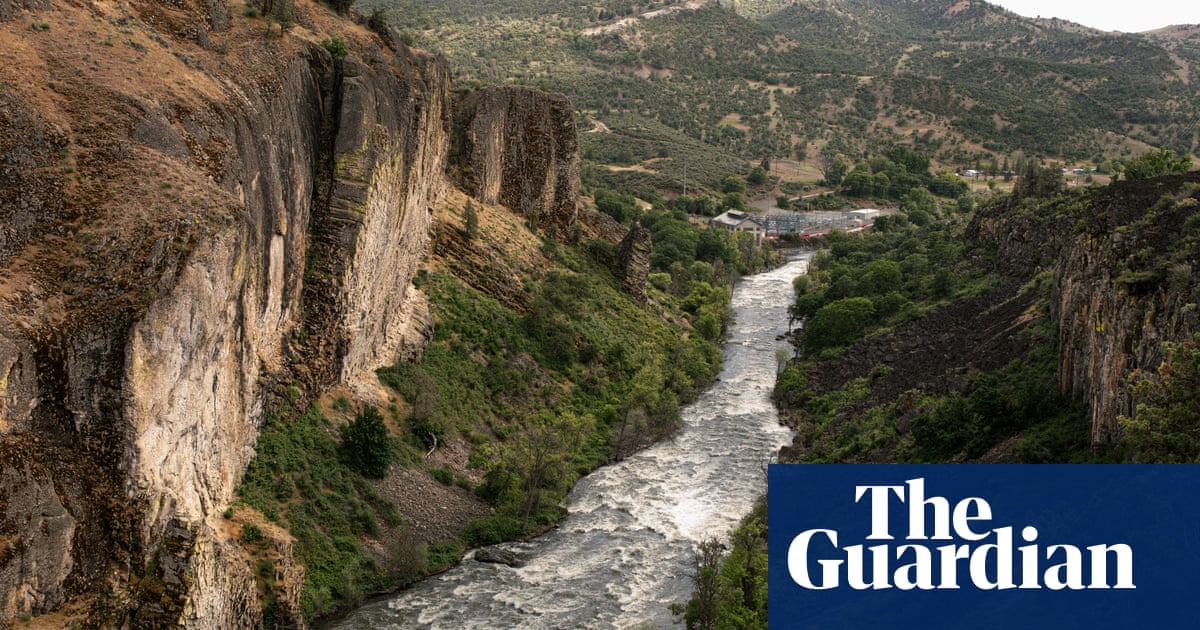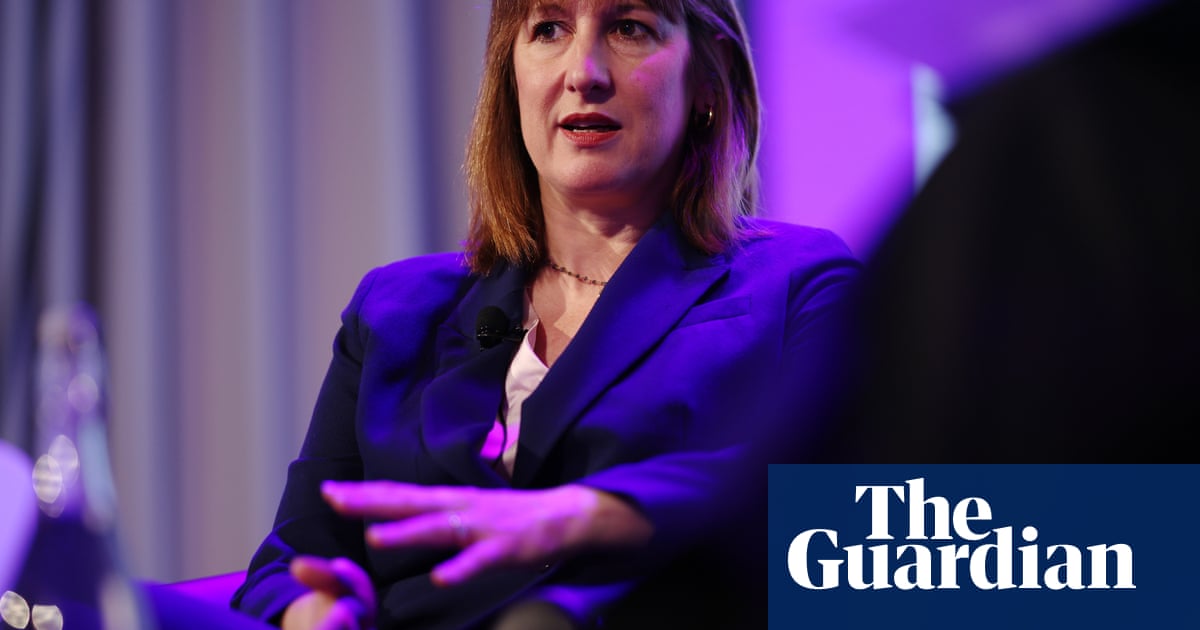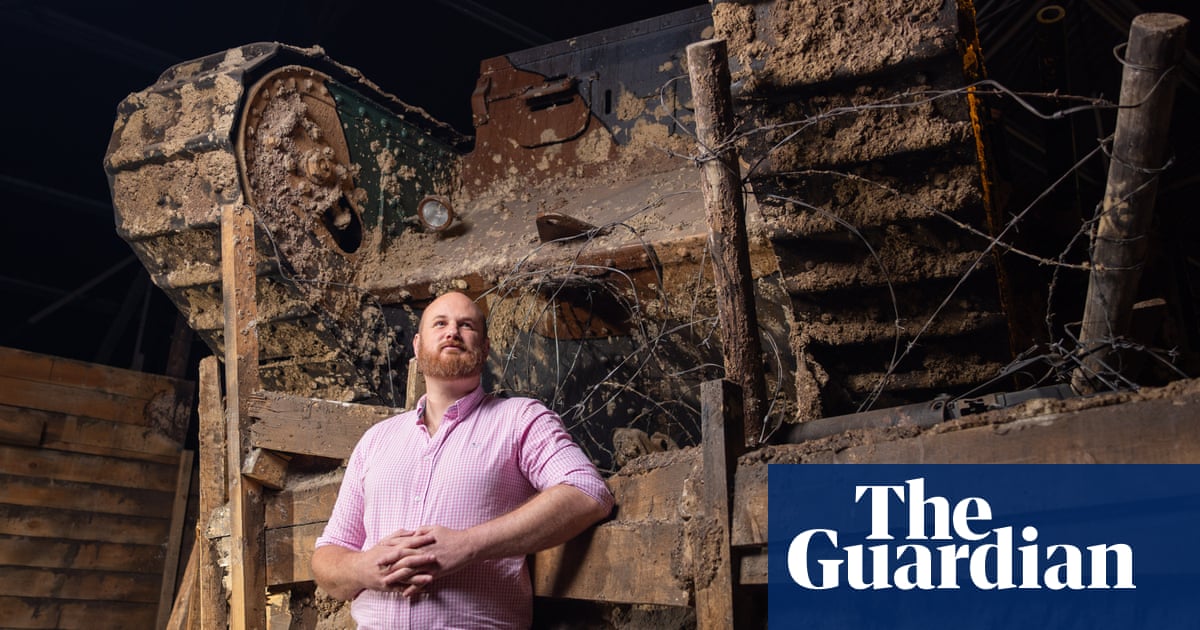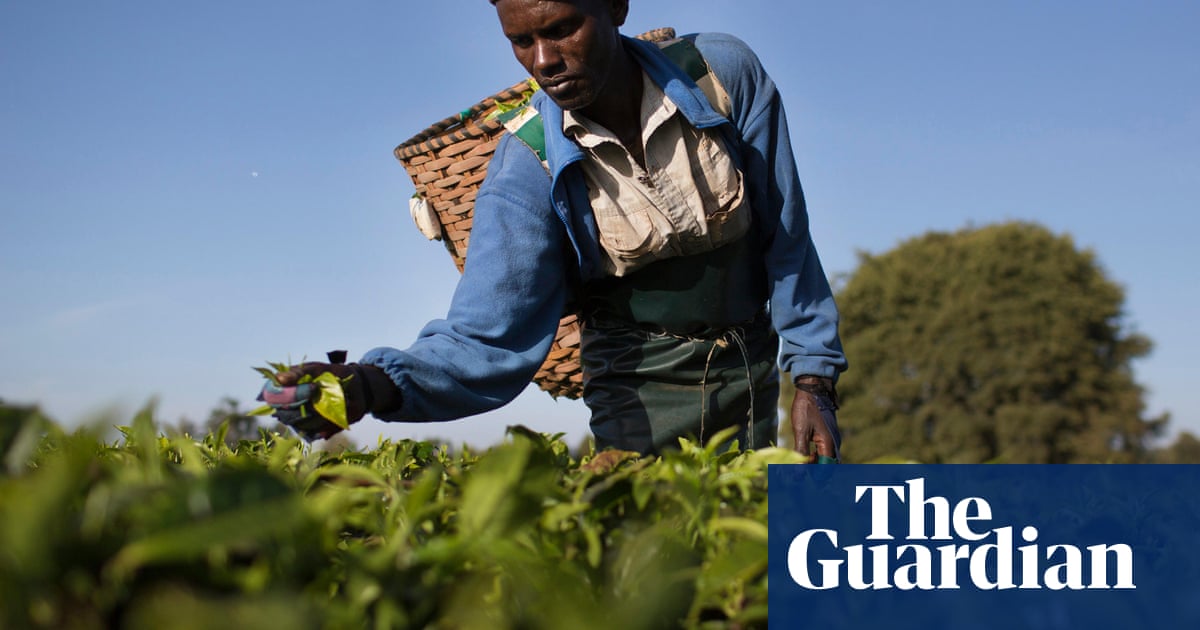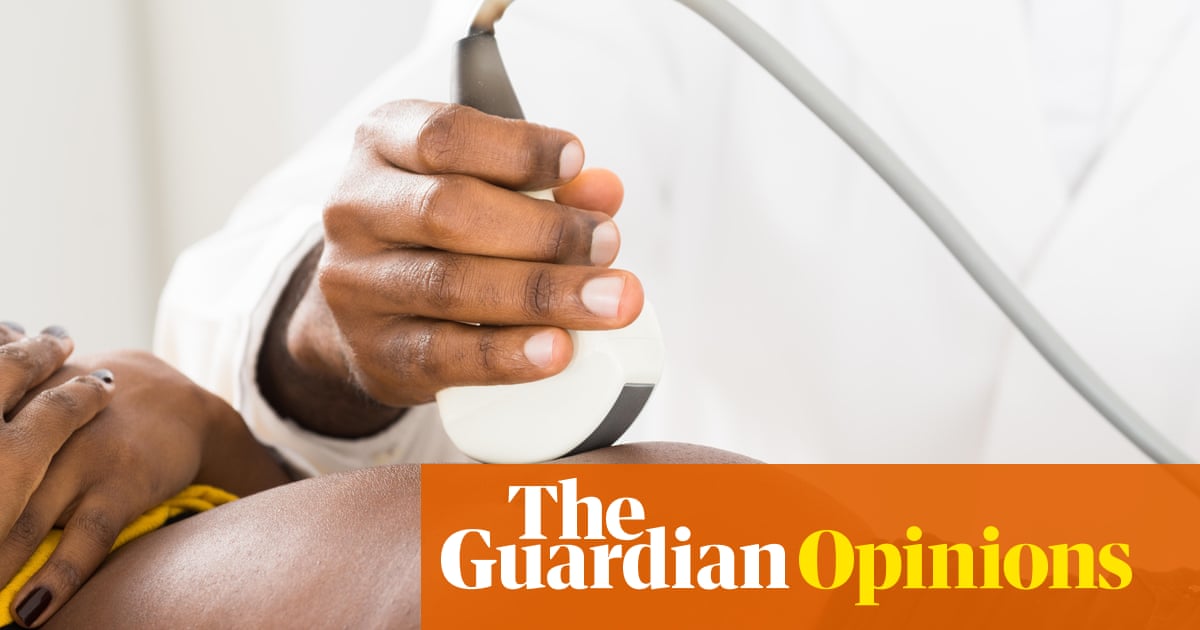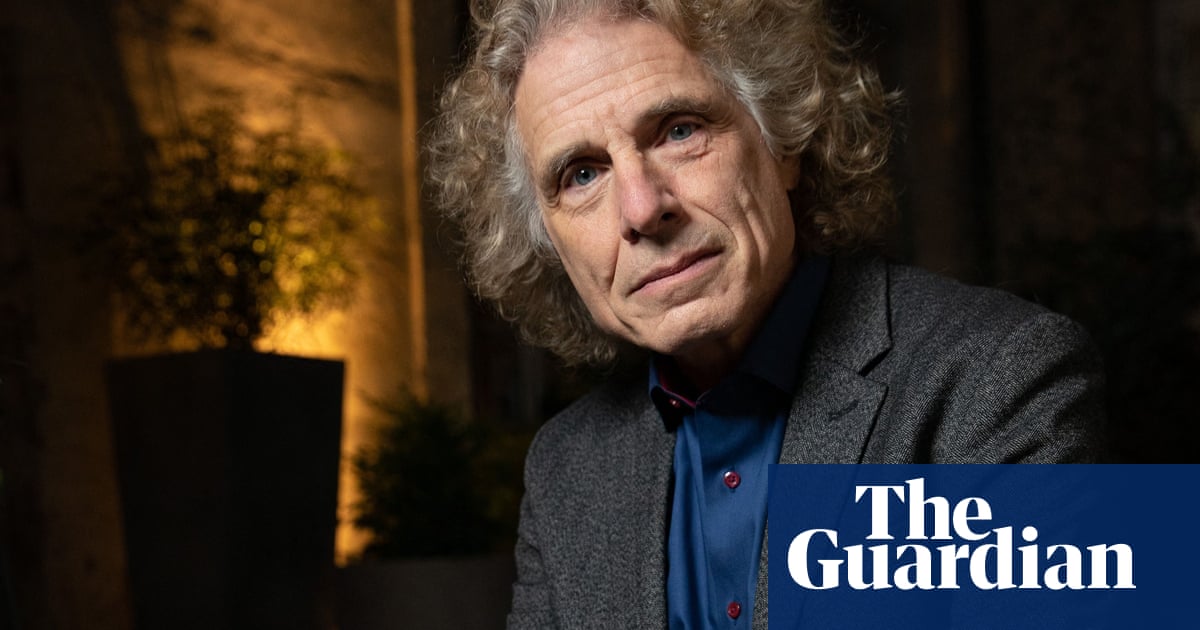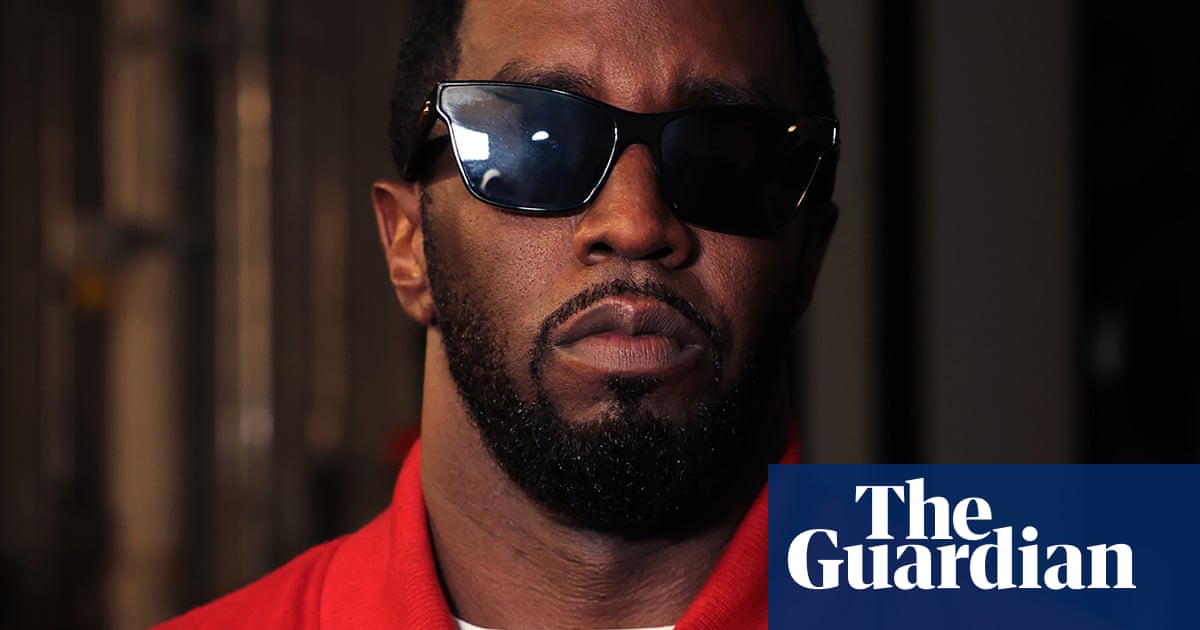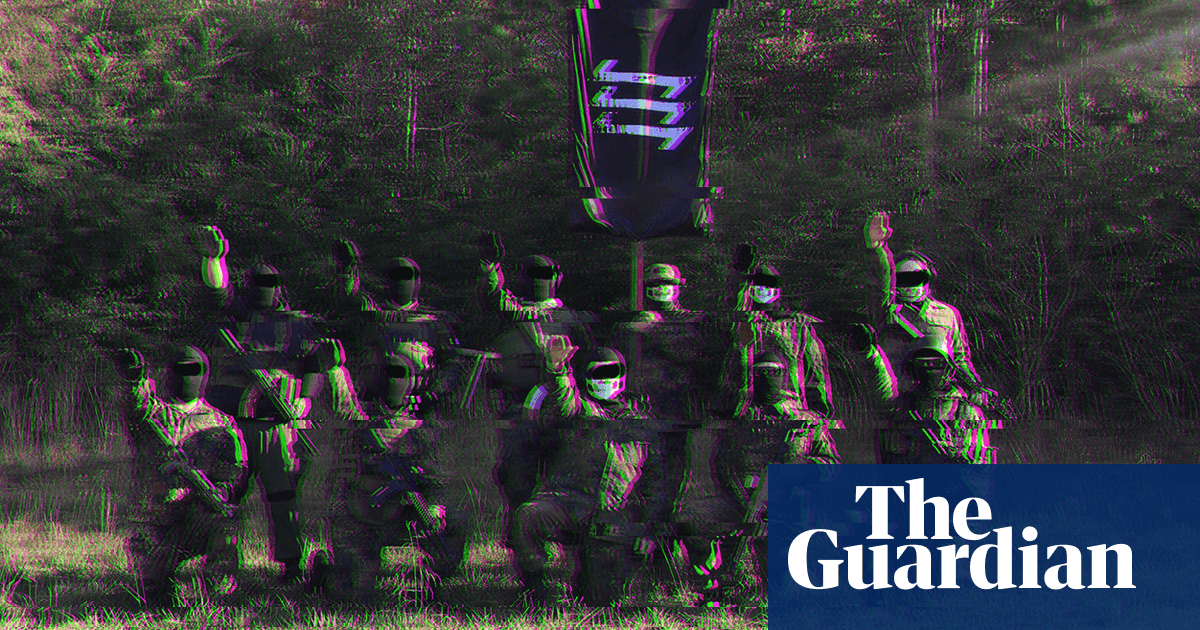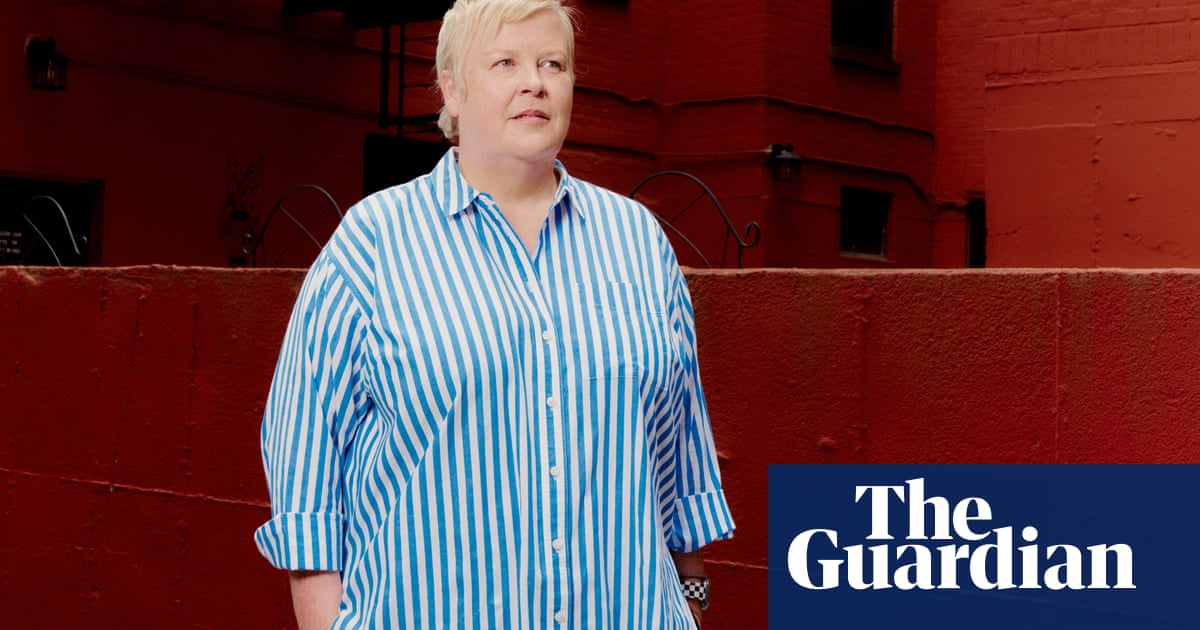
Reem Zeidan was terrified of being separated from her children. As they trudged for hours through the ruins of Gaza towards a food distribution centre, she rehearsed over and over again with her 20-year-old daughter and 12-year-old son what they should do and where they should wait if an Israeli attack turned the column of hungry people into a chaotic, panicking mass and the family were torn apart.
It was the last conversation she had with them. She was dead before dawn broke on Tuesday, killed by a single bullet through her forehead. Her daughter and son spent nearly three hours beside her body, pinned down by gunfire.
“We went there out of desperation. Hunger is what forced my mother to go. She had been going every day for a full week walking six hours to get there and coming back with nothing,” Mirvat, her daughter, said in a phone interview.
A couple of days before, after Israeli forces had opened fire on the weary crowds approaching new Israeli and US-backed food distribution centres, Mirvat had begged Reem not to risk the trip any more.
The walking, waiting, battling the chaos and then returning empty-handed seemed a pointless risk, a waste of what little energy they had left after months of small, irregular meals. But her children were famished.
“I told my mother it was a sign from God not to go again and that convinced her,” Mirvat said. “But she would quickly change her mind when my little sister Razan, who is only five years old, cried to her that she was hungry.”
Reem tried to stretch out what little stocks the family had left after months of siege, but it is hard to trick a hungry child. After one meal of “soup”, made with just a handful of lentils for the whole family, Razan begged for food, telling their mother “water doesn’t fill my stomach”, Mirvat said.
So on Monday, Reem told Mohammad, her husband of 28 years, that she wanted to try again to get some food. They set off before midnight because the distribution point is several hours’ walk from Khan Younis, where the Zeidan family have been sheltering in the ruins of their old home. Food handouts begin early and end fast.
“For six days, my wife and I went there and came back with nothing,” said Mohammad. “She insisted on going [again], hoping we would at least get one kilo of flour. Instead, she came back covered in blood, wrapped in a shroud.
“It feels like I have lost a part of my body, like someone tore my heart out of my chest. The soul of our home has gone.”
Reem was praying and worrying the whole journey, as the weary family walked and rested, walked and rested. They were nearly at the food distribution point, when suddenly they heard heavy gunfire.
Reem checked one more time that her son and daughter remembered their pre-agreed meeting point. Then she was gone. “Her last words were: ‘If we get separated, where will we meet again?’” Mirvat said. “But now we’ve been separated forever.”
Both saw their mother being killed. Ahmad turned round after a girl behind him started screaming and watched his mother collapse, face down, behind him.
“I started trying to wake her up, shaking her and shouting her name,” Ahmad said. “The sound of explosions grew louder, snipers were firing in all directions, and quadcopters [drones] around us were also shooting. In just one second, everything turned upside down without us knowing why.”
Reem’s death was a tragedy foretold; her children’s loss a grief that could have been prevented. Humanitarians had warned that mixing guns and food would put civilians at risk since Israel and the US first mooted plans to concentrate food delivery in hubs guarded by private security contractors and the Israeli military.
The UN and major charities have fed more than 2 million people since the start of the war, using networks built in Gaza over years, and security protocols – without weapons – that have been tested in many conflicts and disaster zones.
Israel has limited the access allowed to UN and other groups delivering critical aid to Gaza throughout the war, and from March to late May imposed a total siege, causing a starvation crisis.
It claims Hamas has diverted and exploited aid throughout the war, and that it needs a new delivery mechanism to starve the group of cash and supplies. But it has never provided evidence to back up that claim, or statistics detailing thefts.
It presented the Gaza Humanitarian Foundation (GHF) as an answer to these problems. A secretive group that has not revealed its funding, it is led by an evangelical Christian from the US who has ties to Trump but has no experience delivering humanitarian aid at scale in a war zone.
Less than a week after the GHF started operations, at least 27 people were killed trying to reach one of its sites on Sunday 1 June, health authorities said. Mass attacks continued on Monday and Tuesday, when Reem was among the victims.
The Red Cross said that in that period, hundreds of casualties were brought to its field hospital in Rafah after attacks on crowds trying to reach GHF sites. The toll over three days was at least 50 killed and more than 400 injured.
The GHF acknowledged the Israeli military attacks on Tuesday. It “was saddened to learn that a number of civilians were injured and killed after moving beyond the designated safe corridor”, a spokesperson told Associated Press. It halted food handouts on Wednesday and part of Thursday to “enhance security measures”.
The Israeli military had previously denied shooting at civilians seeking food but has since said its forces opened fire on Tuesday near a food distribution centre, firing on people troops deemed were “moving towards them”.
Mohammad, who is 46 years old, said that on repeated trips to the centres there was never enough food for even a fraction of the desperate crowds gathered from all over Gaza. The distribution of those limited supplies was brutal and dehumanising, he said.
Why is it so difficult to report on Gaza?
ShowCoverage of the war in Gaza is constrained by Israeli attacks on Palestinian journalists and a bar on international reporters entering the Gaza Strip to report independently on the war.
Israel has not allowed foreign reporters to enter Gaza since 7 October 2023, unless they are under Israeli military escort. Reporters who join these trips have no control over where they go, and other restrictions include a bar on speaking to Palestinians in Gaza.
Palestinian journalists and media workers inside Gaza have paid a heavy price for their work reporting on the war, with over 180 killed since the conflict began.
The committee to protect journalists has determined that at least 19 of them “were directly targeted by Israeli forces in killings which CPJ classifies as murders”.
Foreign reporters based in Israel filed a legal petition seeking access to Gaza, but it was rejected by the supreme court on security grounds. Private lobbying by diplomats and public appeals by prominent journalists and media outlets have been ignored by the Israeli government.
To ensure accurate reporting from Gaza given these restrictions, the Guardian works with trusted journalists on the ground; our visual teams verify photo and videos from third parties; and we use clearly sourced data from organisations that have a track record of providing accurate information in Gaza during past conflicts, or during other conflicts or humanitarian crises.
Emma Graham-Harrison, chief Middle East correspondent
“These are not aid distribution points. These are traps set for the people,” he said. “When the shooting begins, you stay down. Someone next to you might get shot or killed, and you can’t even look at them or help them. And when they’re done with their ‘fun’ they open the gates at 6am, and chaos erupts.
“The soldiers film people fighting over the aid, and once it’s finished, they throw teargas to disperse the crowd. I saw displaced people who couldn’t get any aid picking pasta from the sand.”
The Zeidans have almost no food left. After the war resumed in March they mostly ate at charity kitchens, but fewer and fewer kept operating as the siege deepened and supplies inside Gaza dwindled.
Now, as they should be celebrating Eid, Mohammad’s children are mourning their mother, their second holiday marked by grief. Last year, at the end of Ramadan, they buried the couple’s eldest son, Nabil.
“Our holidays were supposed to be filled with joy, sweets, and feasts. Now, we greet them with death and blood,” Mohammad said. “What did my children do to lose their mother because she tried to get food for them? The youngest is only five. They still need their mother.”
Mirvat cannot escape the agonising image of her mother’s death, etched into her brain since it happened. “Every time I close my eyes to sleep, I see the scene of my mother falling and dying. It’s like I’m reliving it over and over. I watched my mother die before my eyes and I was powerless to do anything.”
At first, she could not believe her mother had been killed. “I ran to her. People around started offering condolences, saying she had been martyred. But I told them: ‘No, she’s still alive,’” Mirvat said.
“I truly felt that she was still alive. I could feel her pulse. I held her, lay on her chest. I felt her soul was still there. I could hear her heartbeat. I started calling her: ‘Mother, can you hear me? Come on, wake up. Let’s get out of here, let’s crawl on the ground. Don’t worry, you’ll be OK. I’ll pull you with me. But she didn’t respond.”
For three hours, Mirvat and Ahmad waited beside Reem’s body for the shooting to stop. When it finally did, crowds surged forward for food and the children began looking for a car or cart that could take their mother to a hospital.
In the chaos they were separated and Mirvat had to choose between leaving her mother’s body or abandoning her little brother. She decided to focus on the living, whispering to Reem: “I entrust you to God.”
By the time she found her brother, emergency workers had taken their mother’s body away, so the siblings began a bleak tour of Gaza’s battered hospitals to find her.
First the British hospital, then the American hospital, then the Red Cross. Finally as they reached Nasser hospital, an ambulance arrived carrying unidentified bodies. Reem was among them.
A journalist captured Ahmad grieving over the body, stroking, kissing and hugging his mother through tears. “No, no, my mother is not dead. She’s still alive,” he says.
The video spread online, because of his raw grief and also because a video of Reem herself identifying Nabil’s body had gone viral a year earlier.
Nabil was killed in a bombing in January 2024, as civilians fled Khan Younis in the face of an Israeli advance, but Reem could not retrieve her son’s body for months.
The moment when she recognised his clothes on an unidentified victim, then broke down in agony, captured the pain of so many Palestinians in Gaza. Now her killing is a brutal reminder of the scale of suffering and death visited on the most ordinary families there.
Before the war, the family of 10 were poor but had each other. Nabil worked for a cleaning company and earned 50 shekels (about £11) a week alongside Reem for many years. His father worked as a day labourer when he could find employment.
Reem was kind and cheerful, Mirvat said, quick to laugh and with a ready smile. She treated her children with respect and kept order in their large family through love, not fear.
When a child got upset at being chastised, she would comfort them with their favourite food. “She’d come with a smile on her face and start explaining that she did what she did for his own good. She would keep trying until he was happy again,” her daughter said. “She loved to listen to our thoughts and valued our opinions.”
Mirvat was in her last year of high school when the war began. Her dreams of going to university to study law have been set aside, replaced by the basic hope that the rest of her family will survive the war, and by new responsibility now her mother is gone.
“My future is clear. There are children depending on me, so even if education starts up again I won’t be able to go back,” she said. “I can’t imagine sitting around the dinner table and seeing my mother’s place empty, knowing she died trying to bring us food.”

 12 hours ago
5
12 hours ago
5

